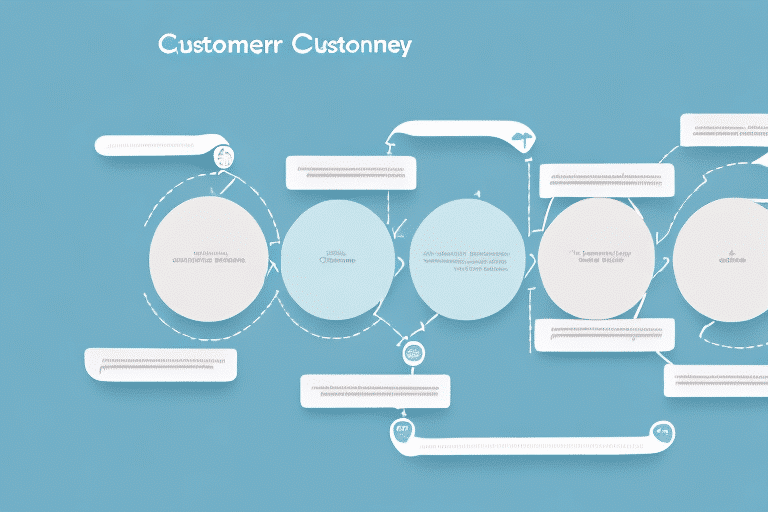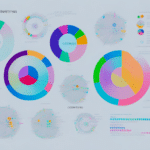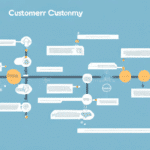Importance of Customer Retention
In today's competitive business landscape, retaining customers is more crucial than ever. Focusing on customer retention not only drives profitability but also strengthens brand awareness. Studies show that increasing customer retention rates by just 5% can boost profits by 25% to 95% (Harvard Business Review).
Customer retention goes beyond initial sales; it involves building lasting relationships, addressing customer needs, and delivering exceptional experiences. By prioritizing retention, businesses can reduce acquisition costs, enhance loyalty, and ultimately improve their bottom line.
Analyzing Your Customer Base
Customer Segmentation
Understanding who your customers are is the first step in effective retention. Segmenting your customer base based on behavior, preferences, and value helps tailor strategies to different groups. For instance, high-value customers can be targeted with exclusive offers, while at-risk customers may benefit from personalized outreach.
Lifetime Value Assessment
Calculating the lifetime value (LTV) of customers allows businesses to identify and focus on those who generate the most revenue over time. By prioritizing high-LTV customers, companies can allocate resources more effectively to retain their most valuable clientele.
According to a McKinsey report, businesses that excel in customer retention achieve a 5-95% increase in profits by leveraging their customer base effectively.
Strategies for Enhancing Customer Loyalty
Loyalty Programs
Implementing loyalty programs incentivizes repeat purchases and fosters long-term relationships. Effective programs might include points-based systems, exclusive discounts, or rewards for referrals.
Personalized Experiences
Offering personalized experiences based on customer data enhances satisfaction and loyalty. Tailored recommendations, customized communication, and individualized offers make customers feel valued.
Effective Communication
Maintaining open and consistent communication across multiple channels—such as email, social media, and direct messaging—ensures customers feel connected and informed about your brand.
Handling Customer Complaints
Inevitably, businesses will encounter dissatisfied customers. The key to retention lies in how complaints are managed. Active listening, prompt apologies, and swift resolutions can convert negative experiences into positive outcomes.
Following up after resolving an issue demonstrates commitment to customer satisfaction and provides opportunities for further feedback and improvement.
Leveraging Data and Technology
Data Analytics
Utilizing data analytics helps businesses understand customer behaviors, preferences, and trends. Insights derived from data enable more informed decision-making and targeted retention strategies.
CRM Systems and Automation
Customer Relationship Management (CRM) systems and automation tools streamline retention efforts by managing interactions, automating follow-ups, and personalizing communications at scale.
Research from Gartner highlights the growing importance of integrated technologies in enhancing customer retention.
Building a Strong Brand
A strong brand differentiates your business in a crowded market and fosters customer loyalty. A clear brand message, consistent values, and a compelling value proposition create an emotional connection with customers.
Developing a unique brand voice and leveraging storytelling can further strengthen brand identity and resonate with your target audience.
Measuring Retention Success
Regularly tracking customer retention metrics is essential for assessing the effectiveness of your strategies. Key metrics include:
- Customer Retention Rate (CRR)
- Churn Rate
- Net Promoter Score (NPS)
By analyzing these metrics, businesses can identify strengths, uncover areas for improvement, and adjust their strategies to enhance retention outcomes.
Common Mistakes to Avoid
Effective customer retention requires avoiding several common pitfalls:
- Ignoring Customer Feedback: Failing to listen to customer input can lead to missed opportunities for improvement.
- Overreliance on Technology: While tools are valuable, they should complement personalized human interactions.
- One-Size-Fits-All Approaches: Not tailoring retention strategies to different customer segments can reduce effectiveness.
By steering clear of these mistakes, businesses can develop more robust and responsive retention programs.
Conclusion
Customer retention is a vital component of business success. By analyzing your customer base, implementing strategic loyalty initiatives, personalizing experiences, effectively handling complaints, leveraging data and technology, building a strong brand, and measuring your efforts, you can create a comprehensive retention plan. Avoiding common pitfalls ensures these strategies are effective, fostering loyal customers who drive long-term profitability and strengthen your bottom line.




















